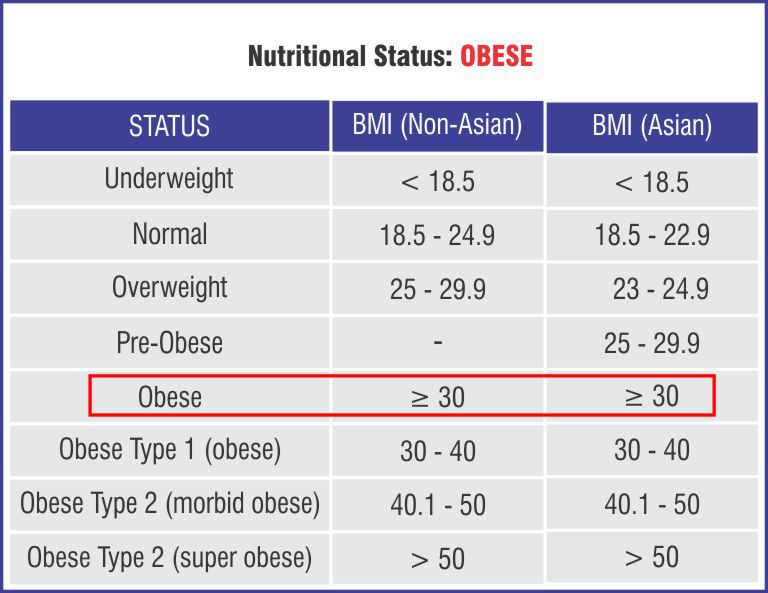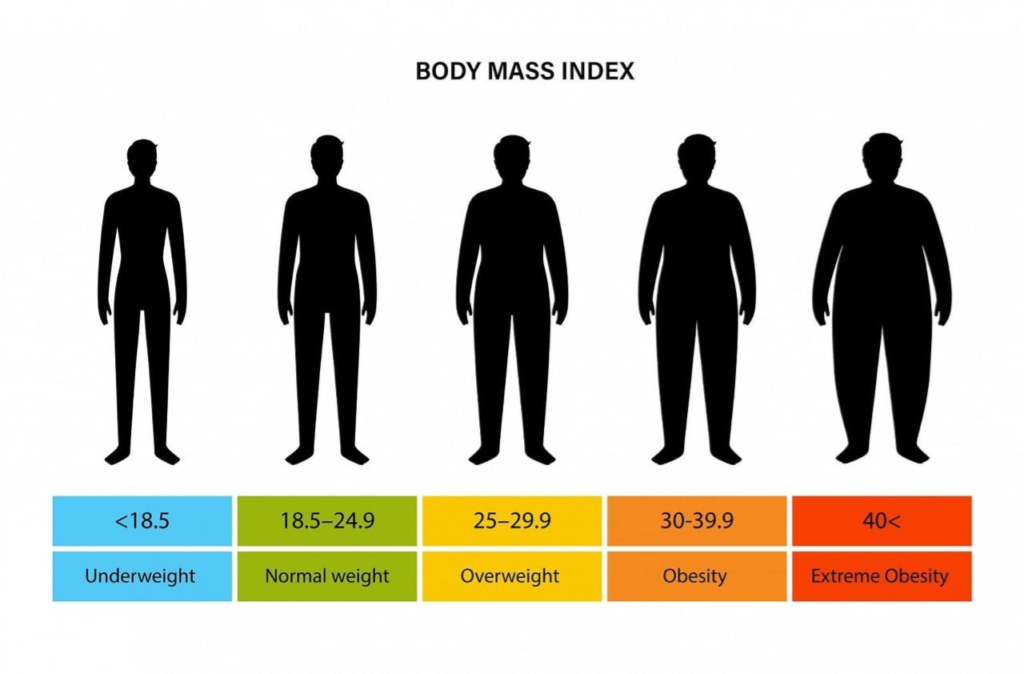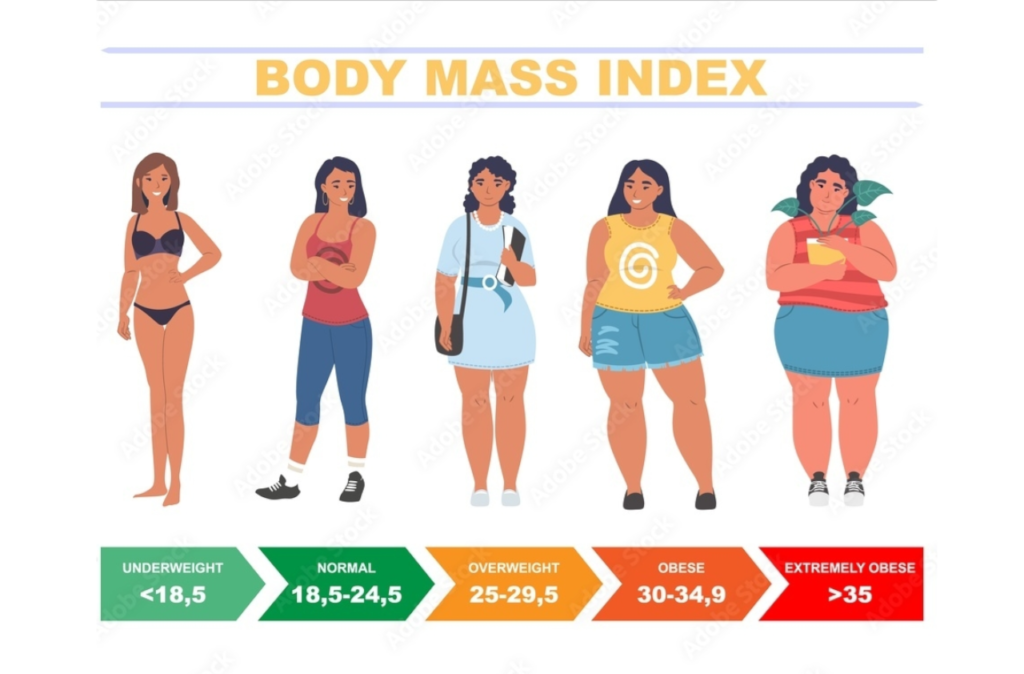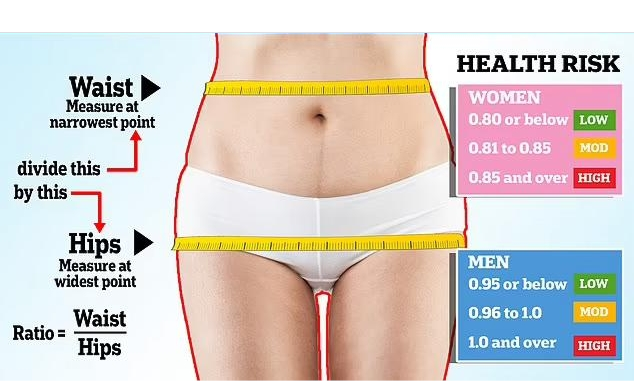Table of Contents
Toggle5 Powerful Insights on BMI: Understanding Its Role and Limitations in Health
Is BMI a Reliable Indicator of Overall Health?
Body Mass Index (BMI) is a measure of body fat based on height and weight that applies to adult men and women. The formula for calculating BMI is simple:
BMI = Weight (kg) / Height (m²)
The Origins of BMI
In 1832, Belgian mathematician and statistician Adolphe Jacques Quetelet developed the “Quetelet Index.” He used the weight-to-height index as a means of medical assessment to quickly estimate the degree of overweight and obesity in a given population to help governments decide where to allocate health and financial resources effectively. Later, in 1972, researcher Ancel Keys, PhD, introduced the term “body mass index” (BMI). He used the weight-to-height index devised by Quetelet to create a simple method of measuring body weight relative to height.

The Purpose of BMI
The main idea behind finding your BMI is to estimate body fat and use it to gauge your risk for diseases that can occur with higher body fat. The higher your BMI, the higher your risk for certain diseases such as heart disease, high blood pressure, type 2 diabetes, gallstones, breathing problems, and certain cancers. Once BMI is calculated, it’s then compared to the BMI scale to determine whether you fall within the “normal” weight range.
BMI Categories
- Healthy BMI: 18.5 – 22.9
- Overweight: 23 – 30
- Obese: Above 30
According to this calculation, healthcare professionals would suggest lifestyle changes if you don’t fall within the normal weight category. The bottom line? BMI in the traditional sense is used as a measure for health risk.
The Flaws
When it comes to health, one measurement doesn’t tell the entire story. BMI is far from perfect and has many flaws:
BMI Does Not Measure Body Fat Percentage For instance, two individuals with the same height and weight can have different body compositions. Person A may have more adipose tissue fat, while Person B may have more muscle mass. Despite their different body compositions, they could have the same BMI. Hence, it is a fundamental error of logic.
BMI Does Not Consider Body Composition Our total body weight is composed of water, bone, muscle, and fat. Body composition refers to the percentage amount of fat and muscle mass. A person could have very low muscle mass with very high fat mass and still have a total weight within the prescribed range as per the BMI.
BMI Is Not Reliable for the Elderly BMI does not differentiate between body fat, muscle, and bone mass. As we grow older, we naturally lose muscle tissue, and fat cells increase in size, so older adults typically have more body fat than younger adults. The recommended BMI range for elders is between 23 and 29 kg/m².

The Importance of Body Composition
A healthy body composition consists of more lean muscle tissue and less body fat. High muscle mass improves overall body functionality. It aids in burning body fat, improves the immune system, and boosts energy levels. As we age, there are gradual reductions in skeletal muscle mass, increasing the risk of developing sarcopenia. Maintaining high muscle mass can slow down muscle loss and protect physical ability. Chronic diseases like cardiovascular diseases, type 2 diabetes, hypertension, NAFLD, and early mortality are associated with a high body fat percentage.

Alternatives to BMI
Waist Circumference A larger waist circumference — greater than 35 inches (88 cm) in women or 40 inches (101.6 cm) in men — indicates greater body fat in the abdominal area, associated with a higher risk of chronic diseases like type 2 diabetes and other metabolic conditions.
Waist-to-Hip Ratio A high ratio (greater than 0.80 in women or greater than 0.95 in men) indicates higher fat stores in the stomach area (visceral fat) and is linked to a greater risk of heart and chronic diseases. A low ratio (lower than or equal to 0.80 in women or lower than or equal to 0.95 in men) suggests higher hip fat storage, associated with better health.
Body Fat Percentage Body composition is the relative amount of body fat a person has and distinguishes between fat mass and fat-free mass. It is a more accurate representation of health risk than BMI. It is normally measured with skinfold calipers, bioelectrical impedance analysis (BIA), and through a DXA X-ray Scan. These methods can be costly, and the tools used to determine these values are less prevalent in all clinical settings.

Why Health Practitioners Still Use BMI
Conclusion
While BMI is a useful tool, it has its limitations. To develop a comprehensive health plan, healthcare providers can also measure waist circumference and waist-to-hip ratio. By utilizing these additional tools, you can be empowered to take control of your health.
For more insights and comprehensive health guides, visit Nourish Fit.
References:




